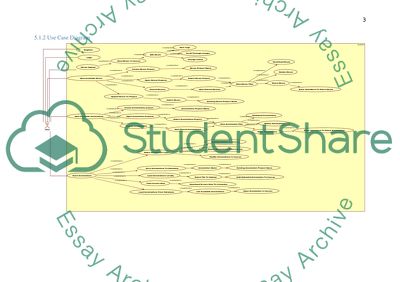Cite this document
(“Design for the project Essay Example | Topics and Well Written Essays - 4000 words”, n.d.)
Retrieved from https://studentshare.org/information-technology/1640672-design-for-the-project
Retrieved from https://studentshare.org/information-technology/1640672-design-for-the-project
(Design for the Project Essay Example | Topics and Well Written Essays - 4000 Words)
https://studentshare.org/information-technology/1640672-design-for-the-project.
https://studentshare.org/information-technology/1640672-design-for-the-project.
“Design for the Project Essay Example | Topics and Well Written Essays - 4000 Words”, n.d. https://studentshare.org/information-technology/1640672-design-for-the-project.


